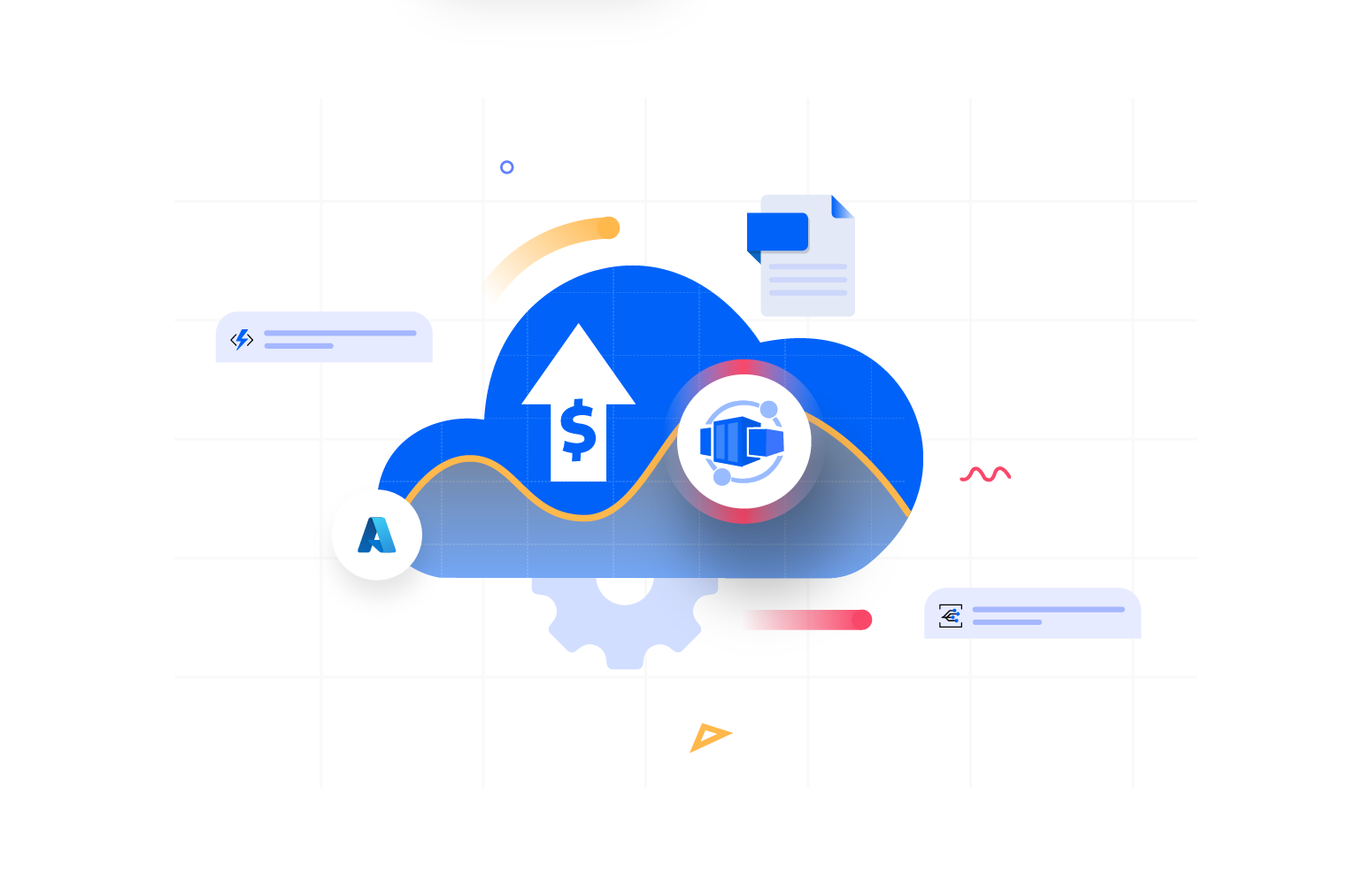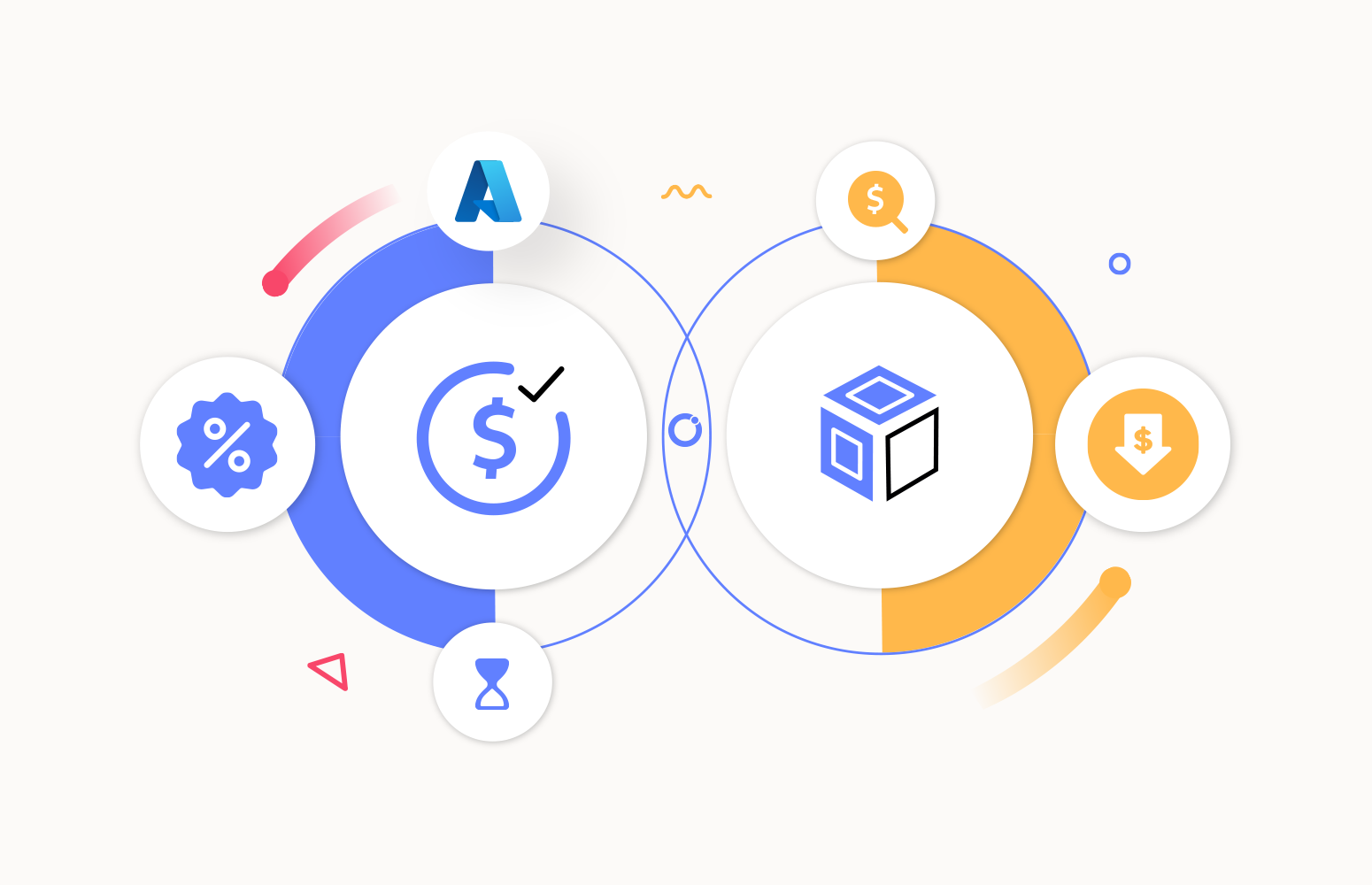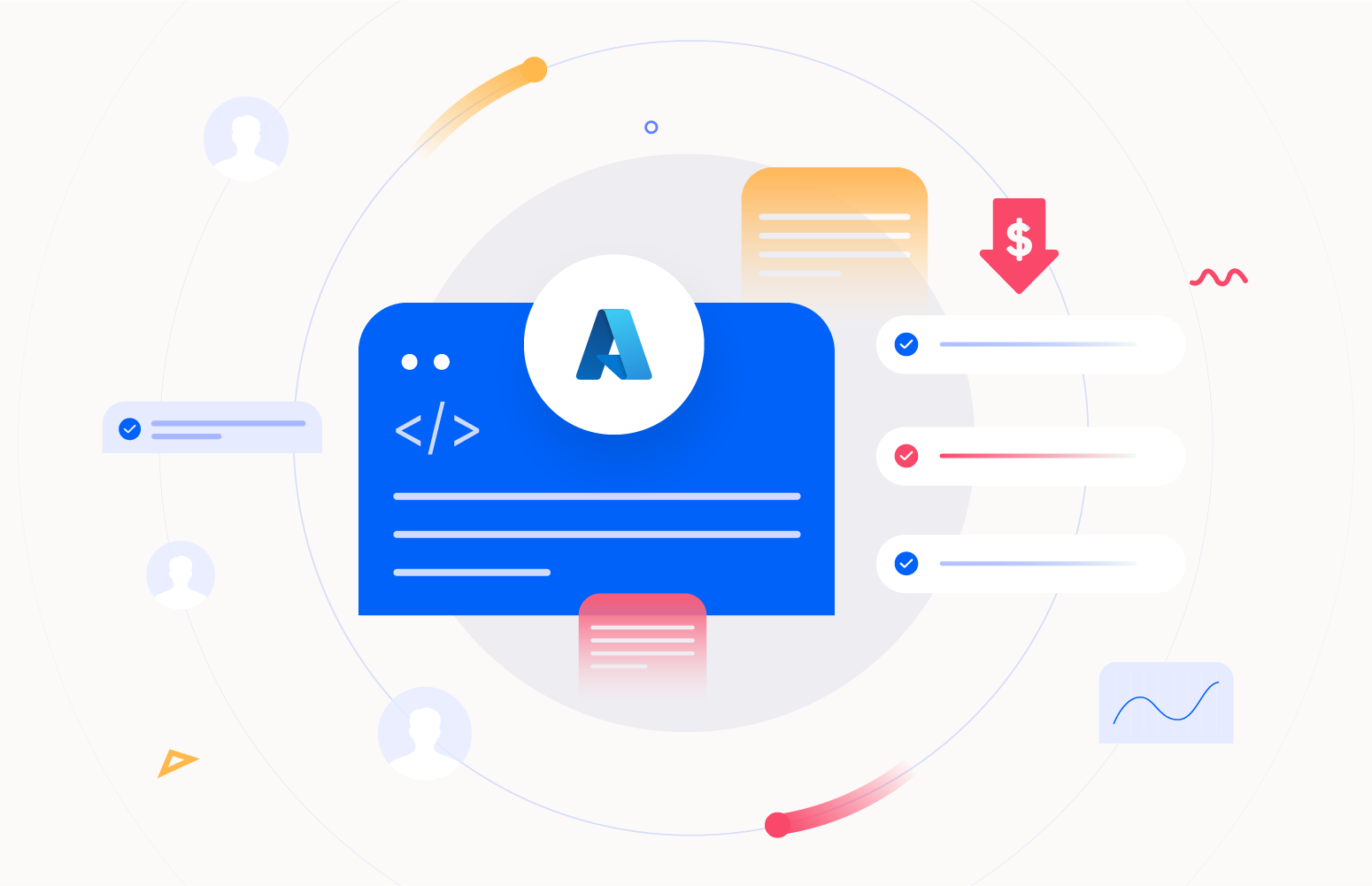Introduction
Since containers revolutionized resources utilization and their cost by significantly increasing VM densities, understanding Azure Container Instance Pricing is key for making informed decisions about your containerized apps. ACI is the serverless option within Azure, to provision additional compute for demanding and highly scalable workloads. Knowing the ACI pricing, you can optimize costs while efficiently deploying your containers in a managed service that will optimize your operations.
Azure Container Instance Pricing
Azure Container Instance pricing operates on a consumption-based model, where users are charged solely for the resources they utilize. You can find the pricing structure here.
Essentially, users are charged based on the resources utilized by their container instances. This means that the cost is directly proportional to the amount of CPU, memory, and storage consumed by the containers.
The flexibility of ACI pricing lies in its pay-as-you-go model, which enables users to pay solely for the resources they consume. Unlike traditional pricing models that require upfront commitments or long-term contracts, ACI pricing allows organizations to scale resources dynamically according to demand. This means that users have the freedom to deploy and scale container instances as needed without worrying about over-provisioning or incurring unnecessary costs. This flexibility empowers organizations to optimize their resource allocation and effectively manage their expenses in the cloud.
Azure Container Instance Pricing Models
Azure Container Instances are billed at “container group” level, which comprises assignments of vCPU/Memory resources that can be allocated to a single container or distributed among multiple containers.
Container groups consist of co-scheduled containers that share the same network and node lifecycle. The pricing is determined by the number of vCPUs and GBs of memory requested for the container group.
Users are charged based on the vCPU request rounded up to the nearest whole number for the duration (measured in seconds) their instance is running, as well as for the GB request rounded up to the nearest tenth place for the duration (measured in seconds) the container group is active. Additionally, there is an extra charge for Windows software duration on Windows container groups.
| Resources | Pay as you go | 1 year Savings plan | 3 year Savings plan |
| Memory | Price per second per GB | Price per second per GB with savings | Price per second per GB with savings |
| vCPU | Price per second per vCPU | Price per second per vCPU with savings | Price per second per vCPU with savings |
Companies who chose to use ACI keep this often as a scaling option for more stable workloads hosted on other managed services or clusters, but if your compute resource usage on ACI has even a minimal baseline, you can still use Savings Plans to get a discount on the baseline, while still paying for consumption all the usage spikes.
Essential Factors Influencing ACI Price
Several factors influence the price of Azure Container Instances, therefore careful consideration should be done during resource provisioning:
- Resource Consumption and Pricing: The pricing is directly influenced by resource consumption, including CPU and memory allocation, as well as storage usage. Requests for vCPU and memory resources contribute to the cost calculation. Higher resource allocations result in higher costs, as users are billed based on the amount of resources they consume. Therefore, optimizing resource utilization by accurately estimating and provisioning the required CPU, memory, and storage can help manage ACI costs effectively.
- Container Group Specification and Pricing Impact: The specification of container groups, which defines the allocation of vCPU and memory resources, directly affects pricing. You can specify the desired configuration for your container groups based on the requirements of your applications. Depending on the number of vCPUs and GBs of memory requested for the container group, the pricing will vary accordingly. Therefore, choosing an appropriate container group specification that aligns with the application’s resource needs is crucial for optimizing costs.
- Impact of ACI Costs on Region Selection: ACI costs can significantly impact on the selection of Azure regions for deploying containerized applications. Since data transfer costs are incurred when transferring data between regions, choosing a region closer to the target data source can help minimize data transfer expenses. Additionally, regions may have different pricing structures and availability of resources, which can impact overall deployment costs. Therefore, considering ACI costs alongside other factors such as latency, compliance requirements, and resource availability is essential when selecting the optimal Azure region for deploying container instances.
Conclusion
In conclusion, Azure Container Instance Pricing is a dynamic aspect of cloud computing, offering the flexibility and cost-effectiveness of serverless compute for containerized workloads. By understanding how pricing works and how your application will use the allocated resources, you can optimize resource utilization, reduce costs, and maximize efficiency in your cloud container deployment.
FAQs for Azure Container Instance Pricing
1. How is pricing calculated for Azure Container Instance with restart policy Always?
Pricing for Azure Container Instances with restart policy is always calculated based on resource consumption during each instantiation, ensuring accurate billing for actual usage.
2. What is the difference between ACI and other container hosting services?
Azure Container Instances is a serverless offering, with a consumption-based pricing model, eliminating the need for managing underlying infrastructure, unlike traditional container hosting services, and the need to allocate managed resources as in other container hosting services.
3. What is the difference between Container App and Container Instance?
Azure Container Instances offer a versatile solution for various scenarios, such as running isolated containers for simple applications, task automation, and build jobs. This serverless platform allows for minimal infrastructure maintenance and cost savings while running containerized applications.
Azure Container Instances provide a lower-level “building block” option compared to Azure Container Apps, lacking features such as scale, load balancing, and certificates. While Azure Container Apps offer application-specific concepts on top of containers, users may interact with Azure Container Instances through services like Azure Kubernetes Service, which can provide orchestration and scalability on top of ACI through virtual nodes.
4. What is the difference between Docker and Container Instance?
Docker is a platform for developing, shipping, and running containers, while Container Instance is a service provided by Azure for deploying and managing containers without the need for managing underlying infrastructure.






